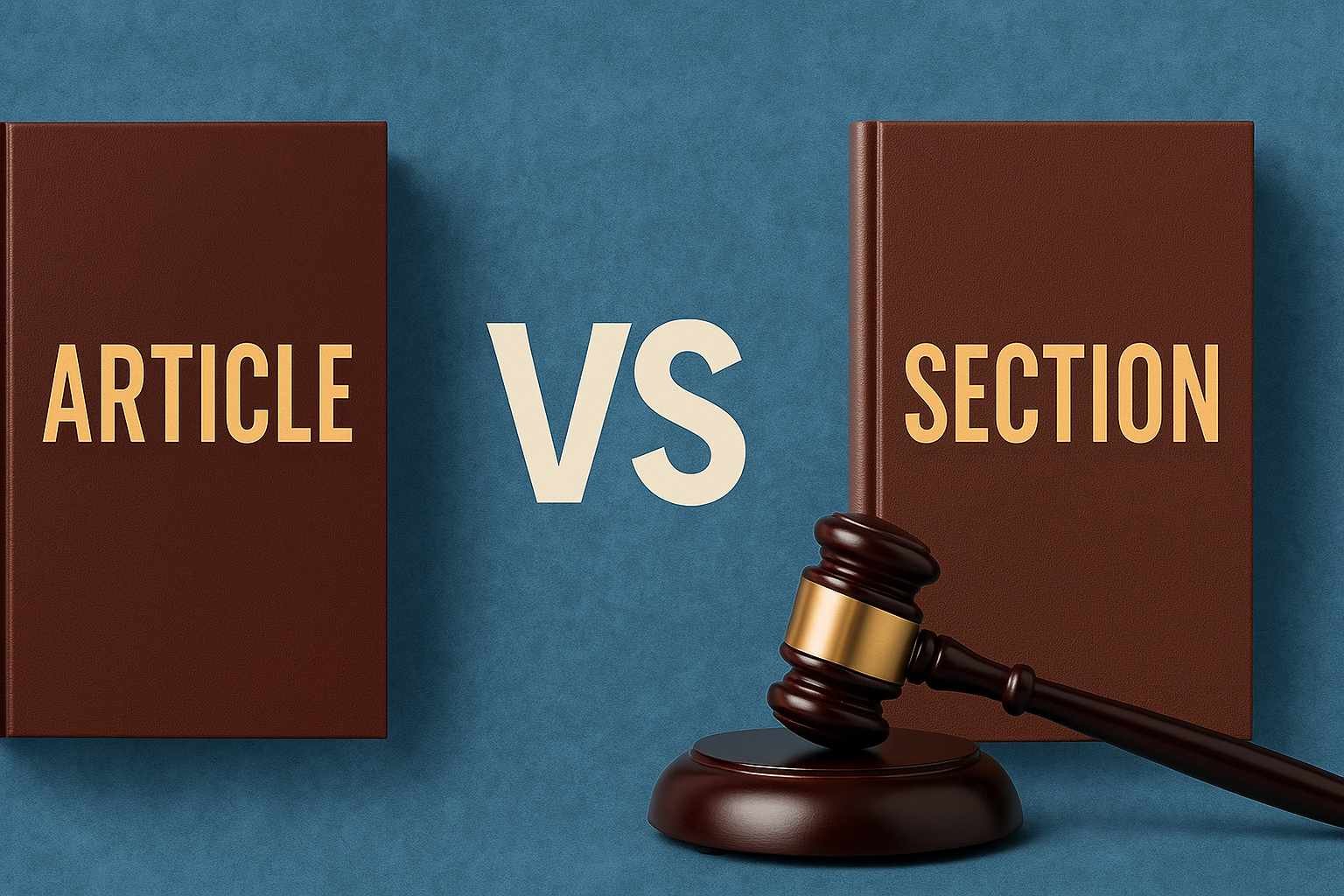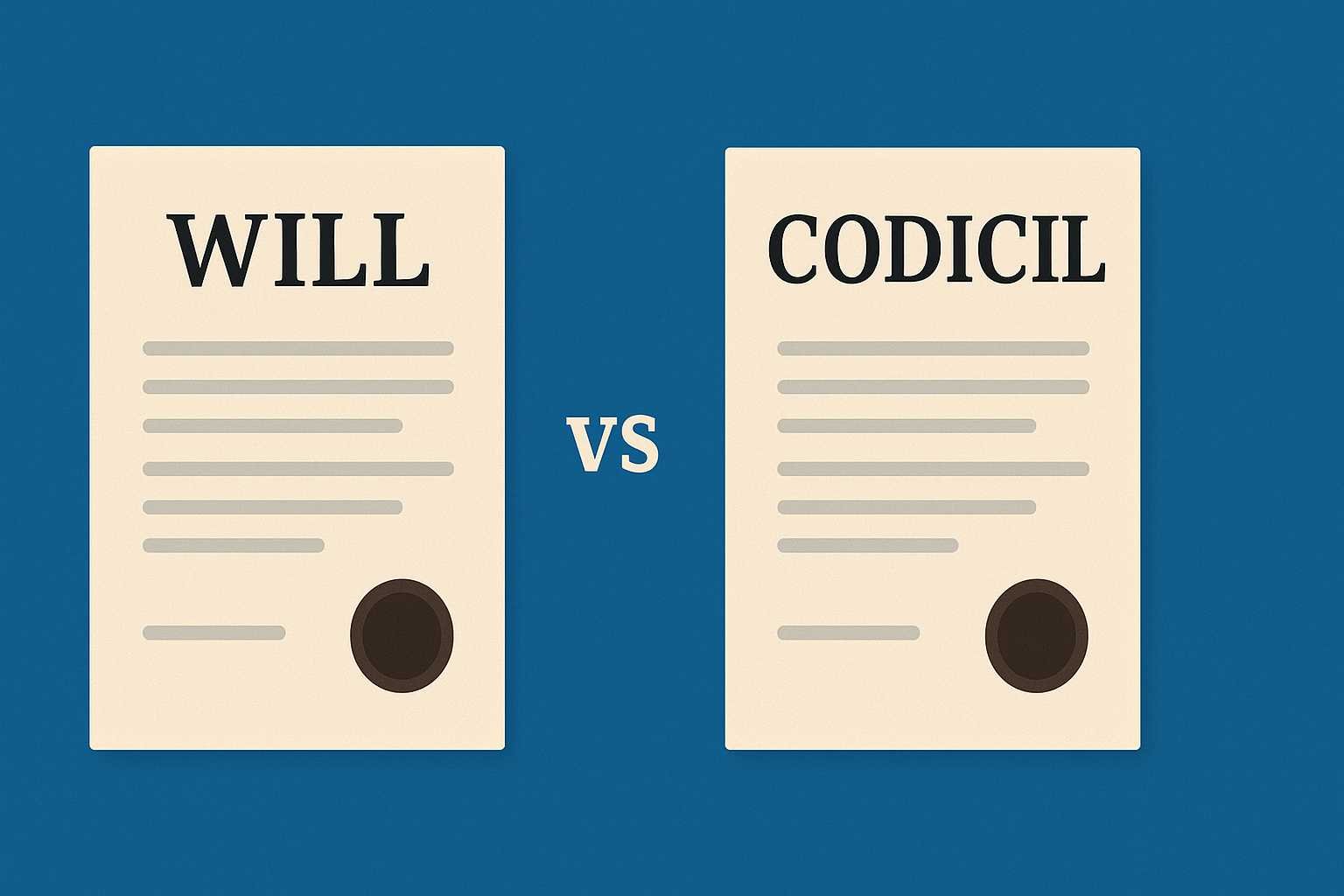On this page you will read detailed information about Theories of Punishment.
In examining theories that justify the practice of punishment, you analyze perspectives rooted in utilitarian, retributive, and restorative principles. Evaluating these viewpoints requires grappling with complex questions on morality and justice while assessing empirical evidence on outcomes. To advance the discourse in a thoughtful direction, it is imperative to understand the philosophical underpinnings of each theory. As you delve into this analysis, an open and critical mindset allows you to weigh arguments on their merits rather than reacting on instinct. There are insights to uncover regarding the purposes and limits of punishment in relation to concepts of proportionality, deterrence and rehabilitation.
Overview of Theories of Punishment
There are several theories regarding the purpose and justification for punishment in the penal system. The four most common theories of punishment are:
Deterrence Theory
The deterrence theory aims to discourage criminal behavior by instilling fear of punishment. Proponents argue that the threat of punishment deters people from committing crimes. There are two types of deterrence:
- Specific deterrence: Punishing an individual to deter them from reoffending.
- General deterrence: Punishing an individual to deter others in society from committing similar crimes.
Criticism of this theory argues that deterrence does not effectively reduce crime and that criminals do not always rationally calculate the costs and benefits before committing a crime.
Retribution Theory
The retribution theory asserts that punishment is justified simply because it is deserved in response to a criminal act. The severity of the punishment should be proportional to the severity of the crime. Supporters argue that retribution upholds moral balance and social order. However, critics argue that retribution promotes a culture of vengeance that is not constructive. There is also a risk of disproportionate punishment.
Rehabilitation Theory
The rehabilitation theory aims to reform criminals through education and treatment programs. Supporters argue that rehabilitation can turn criminals into productive members of society. However, critics argue that not all criminals can be rehabilitated and there is a lack of evidence to support the effectiveness of rehabilitation. There are also concerns about the resources required for rehabilitation programs.
Incapacitation Theory
The incapacitation theory involves depriving criminals of the ability to reoffend by imprisoning them. Supporters argue that incapacitation protects the public by physically separating criminals from society. However, critics argue that incapacitation is extremely costly, risks overcrowding in prisons, and does not address the root causes of criminal behavior. There are also concerns about disproportionately long prison sentences.
In summary, there are several theories that aim to justify the purpose of punishment with the overarching goal of reducing criminal behavior and protecting the public. However, each theory is controversial and there are arguments for and against their effectiveness and ethicality. A balanced approach that incorporates elements from multiple theories may be most prudent.
In the previous post, we had shared information about Section 144: Understanding the Controversial Law in India, so read that post also.
Retribution Theory – Punishment as Just Desserts
The retribution theory of punishment focuses on punishment as a means of inflicting harm on offenders because they deserve to suffer for the crimes they have committed. According to this theory, the justification for punishment is not deterrence or reform but rather the infliction of just deserts or “just punishment.” Offenders should receive punishment that fits the crime.
Proponents of retribution argue that punishment restores balance and fairness to society. When a crime is committed, the social contract between individuals and the state is violated. Punishment repairs this breach and reaffirms the rules and norms governing society. Additionally, punishment gives victims and society a sense of justice and closure. The severity of the punishment should correspond to the severity of the offense. Minor transgressions warrant minor sanctions, while serious crimes warrant harsh punishment.
Critics argue that retribution alone does not justify punishment and that punishment should aim to reform and rehabilitate offenders, not just make them suffer. Harsh punishment can be seen as cruel and inhumane. Retribution also does not necessarily make society safer by deterring potential criminals. There are also concerns about the possibility of error and punishing innocent individuals.
The retribution theory is one of the oldest justifications for punishment and remains influential today. Many support the view that “just deserts” should at least partly determine the appropriateness and severity of punishment. However, on its own, retribution is a problematic justification for punishment due to both moral and practical concerns. A balanced theory of punishment should incorporate elements of both retribution and utilitarianism.
Deterrence Theory – Preventing Future Crime
Deterrence theory believes punishment deters illegal behavior by instilling fear of consequences in potential criminals. Proposed by philosophers like Cesare Beccaria, deterrence theory aims to discourage criminal acts through the fear of punishment.
There are two types of deterrence: general and specific.
General Deterrence
General deterrence threatens punishment to dissuade the general public from committing crimes. Harsher, more severe punishments are thought to deter more effectively since they are seen as a greater threat. The punishment of one criminal is used as an example to others. However, for general deterrence to work, potential criminals must be aware of the punishment. They must also believe they will be caught and face consequences.
Specific Deterrence
Specific deterrence aims to prevent repeat offenses by a particular criminal. The actual experience of punishment is meant to deter the criminal from reoffending to avoid further punishment. However, deterrence may fail if the criminal believes punishment will not be severe enough or believes they can avoid capture again.
Some criticisms of deterrence theory include:
- Harsher punishments do not always correlate with lower crime rates. Severity alone does not effectively deter. The certainty of punishment is more deterrent.
- Deterrence assumes rational behavior, but not all crimes are rationally motivated. Emotions, mental health issues, poverty, addiction, etc. can all contribute to criminal behavior.
- Discriminatory application of punishment can undermine deterrence. If certain groups face consequences more often, it signals their criminal behavior is more acceptable or that they are less likely to be caught.
- Alternative motivations like social conditions, inequality, lack of opportunity can outweigh the deterrent effect of punishment for some. Fixing root causes may be more effective than harsher deterrence.
Overall, deterrence theory provides a rationale for punishment as a means to control criminal behavior and promote a safe, lawful society. However, it is an imperfect theory with many criticisms regarding its assumptions and application. A balanced, ethical approach is needed for deterrence to be effective.
Rehabilitation Theory – Reform and Education
The rehabilitation theory of punishment focuses on reforming offenders and reintegrating them into society. The goal is to change the criminal’s behavior and address the underlying causes that led to the offense.
Through rehabilitation programs like counseling, education, job training, and socialization, offenders can gain awareness about their actions, learn prosocial skills, find employment, and become productive members of the community after release. Rehabilitation aims to alter a wrongdoer’s mental and moral attitudes, helping them develop a desire to reform themselves.
Rehabilitation programs are most effective for first-time offenders and petty criminals. For these individuals, their criminal behavior may stem from a lack of education, mental health issues, poverty, or substance abuse problems – all of which can potentially be addressed through rehabilitation.
Some argue that rehabilitation does not work and repeat offense rates are high. However, when rehabilitation programs are properly funded and targeted at offenders who can benefit, they have been shown to reduce recidivism. For rehabilitation to be successful:
- Offenders must be receptive to reform and willing to change. Rehabilitation will not work for those who do not want to be reformed.
- Programs must address the specific needs and risks of each offender. A one-size-fits-all approach will be ineffective.
- Community support and supervision following release are essential. Reintegrating offenders into a supportive community environment gives them the best chance at success.
- Sufficient time and resources must be invested. Quick fixes and underfunded programs will fail. Rehabilitation is an ongoing process.
When implemented appropriately, rehabilitation can be a worthwhile goal of punishment that helps offenders rejoin society as law-abiding citizens and makes communities safer as a result. For the criminal justice system, rehabilitation should be a high priority, not an afterthought.
Restorative Justice Theory – Repairing Harm
The restorative justice theory focuses on repairing the harm caused by criminal behavior. Instead of punishment, the primary goal is to rehabilitate offenders and address victims’ needs. This theory aims to repair relationships and rebuild trust in the community.
Restorative justice programs bring offenders and victims together. Offenders must take responsibility for their actions and understand how their behavior impacted the victim(s). Victims are given a chance to confront the offender, ask questions, and express how the crime affected them.
Through open communication and mediation, the offender works to make amends, often by apologizing, returning stolen property, or community service. The goal is to reach an agreement for the offender to repair the harm in a meaningful way. For example, an offender may sincerely apologize, perform community service at the victim’s place of work or residence, or pay restitution for damages or losses.
Restorative justice focuses on the needs of both victims and offenders. For victims, it can provide closure and help alleviate the trauma from the event. For offenders, it forces them to understand the real impact of their actions, take responsibility in a constructive way, and work to re-gain trust. The outcome aims to heal and strengthen the community.
While an innovative theory, restorative justice is not appropriate or effective for all types of offenses or offenders. Critics argue that for some crimes, especially violent offenses, punishment through incarceration is still necessary to satisfy justice and protect public safety. Restorative justice may also not deter criminal behavior as effectively as other theories of punishment. However, for less serious, non-violent crimes, restorative justice provides a compassionate approach to changing behavior and healing relationships.
The Future of Punishment Theories and Reform
As societies evolve, so too must their theories and approaches to punishment. Looking ahead, several promising directions for reform and progress emerge:
A Greater Focus on Rehabilitation
Rather than purely punitive measures, greater emphasis should be placed on rehabilitating offenders and reintegrating them as productive members of society. Education, job training, mental healthcare, and community support programs have been shown effective in reducing recidivism rates. By addressing the root causes that lead to criminal behavior and giving individuals the means to choose a different path, rehabilitation provides one of the most ethical and pragmatic paths forward.
Restorative Justice
Restorative justice focuses on repairing the harm caused by criminal behavior. Victims take an active role in the process, offenders make amends, and the community works to reintegrate the offender. This approach recognizes that crime damages people and relationships, not just abstract legal codes. Restorative programs like victim-offender mediation and community service have shown promising results. Expanding their role could make the justice system more humane and impactful.
Decriminalization of Non-Violent Offenses
Many non-violent offenses like drug possession clog the criminal justice system and saddle minor offenders with criminal records, making their rehabilitation and integration more difficult. Decriminalization, especially of those non-violent victimless behaviors like drug use, could allow resources to shift to punishing serious crimes, make the system more equitable, and give certain populations greater chances at success.
As theories of punishment evolve, the justice system should follow. Focusing less on retribution and more on restoration and rehabilitation will create a more just, ethical and effective approach to criminal justice overall. By decriminalizing minor offenses, emphasizing reform over punishment, and giving victims and communities a greater role in the process, the system can work to rebuild and strengthen society rather than simply punish. The future looks bright if we have the courage and moral vision to pursue these reforms.
Conclusion
In closing, your critical analysis of theories of punishment has shed light on the philosophical underpinnings of criminal justice systems. By evaluating retributivist, utilitarian, and restorative models, you illuminated strengths and weaknesses in each framework’s logic and practical implications. This examination prompts further reflection on the complex goals of punishment and the difficulty of balancing competing aims like deterrence, incapacitation, rehabilitation and retribution. As society evolves, so too must our notions of justice. Your readers are now better equipped to reconsider assumptions, trade-offs and values inherent in various theories of punishment. Moving forward, an integrated, nuanced approach may serve the public good more effectively than rigid adherence to any one paradigm.
Disclaimer
The information and services on this website are not intended to and shall not be used as legal advice. You should consult a Legal Professional for any legal or solicited advice. While we have good faith and our own independent research to every information listed on the website and do our best to ensure that the data provided is accurate. However, we do not guarantee the information provided is accurate and make no representation or warranty of any kind, express or implied, regarding the accuracy, adequacy, validity, reliability, availability, or completeness of any information on the Site. UNDER NO CIRCUMSTANCES SHALL WE HAVE ANY LIABILITY TO YOU FOR ANY LOSS OR DAMAGE OF ANY KIND INCURRED AS A RESULT OR RELIANCE ON ANY INFORMATION PROVIDED ON THE SITE. YOUR USE OF THE SITE AND YOUR RELIANCE ON ANY INFORMATION ON THE SITE IS SOLELY AT YOUR OWN RISK. Comments on this website are the sole responsibility of their writers so the accuracy, completeness, veracity, honesty, factuality and politeness of comments are not guaranteed.
So friends, today we talked about Theories of Punishment, hope you liked our post.
If you liked the information about Theories of Punishment, then definitely share this article with your friends.










